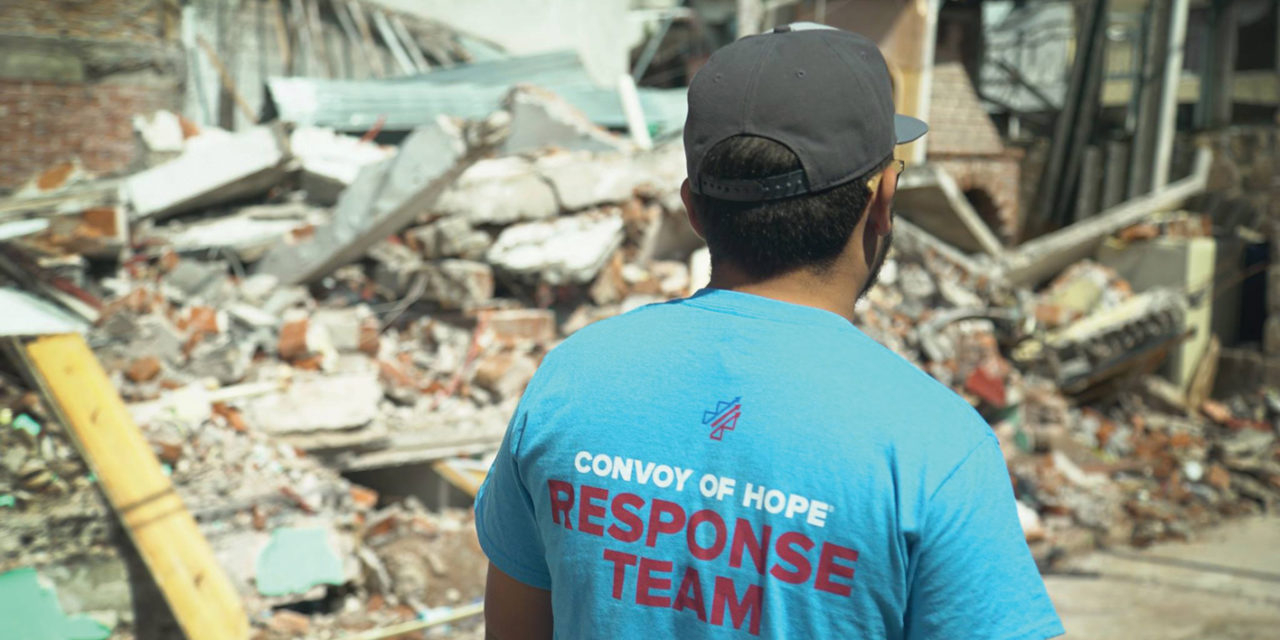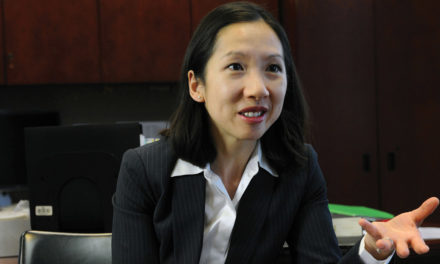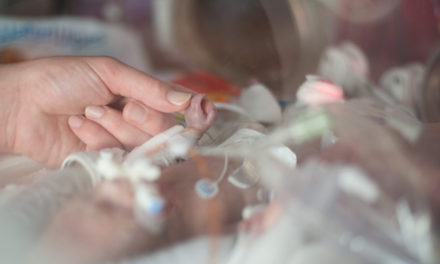There’s a special group of people who have something written in their DNA that makes them run toward trouble, rather than away from it, when disaster strikes. Military personnel, police, firefighters, emergency medical technicians. They all have it—a heart instinct, coupled with specialized training, that lets everyone know they have what it takes to make a tangible difference when life is on the line and circumstances are at their worst. Most of us regard them as heroes.
There’s another group that needs to be added to that list: Christian ministries and church laypeople.
As the final months of 2017 produced a kind of battle fatigue in people nationwide through a litany of disasters ranging from hurricanes, severe flooding and devastating wildfires to the worst massacre by a single gunman in modern history, an untold number of volunteers ran to the trouble zones, bringing whatever was necessary to save lives and provide relief—from food and material supplies to prayer and comfort.
In this month’s cover story, starting on page 12, you’ll see we highlight two ministries specializing in disaster response—Convoy of Hope and the Billy Graham Evangelistic Association’s Rapid Response Team. But they’re not the only groups that do this kind of work. There are denominational, interdenominational, regional and national networks of churches linking arms to provide assistance when and where it’s needed—both at home and abroad. Some have been at it for decades, while others are brand new.
Last fall, as Hurricane Harvey was bearing down on the southern coast, Pastor Mike Hayes—founder of Covenant Churches International, based in Carrollton, Texas—started a relief fund called HelpChurches.org and challenged 100 church leaders statewide to raise $1 million for the flooding victims. But as the hits just kept coming—a shooting in Las Vegas and deadly firestorms in both northern and southern California, followed by murderous mudslides—he kept it open. Now, the network of contributors includes churches nationwide.
“It feels like a disaster a week now, so we’re just going to move from one need to the next,” Hayes told Fox News last October. “If we help the pastor get in his home, and he gets his church on its feet, then they can help the community rebuild. We meet with the local pastor, they do the distributing.
“I hope this doesn’t become the new normal, but we’re going to keep it active as long as there is a need.”
The list of government-run and secular relief organizations is long, and star-studded benefit concerts are almost a ubiquitous part of the recovery process by now. And while those efforts are both laudable and necessary, there is an aspect of all this that only the Church can provide: The hope that comes from the Comforter Himself.
The world can’t give that to anyone. We can.
And that makes the biggest difference of all.
Originally published in the March 2018 issue of Citizen magazine.






